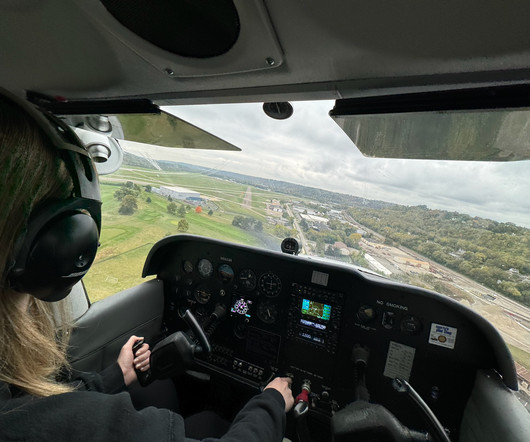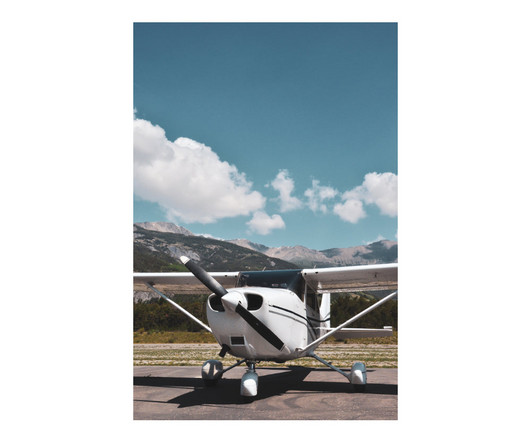What NTSB Reports Say About Impossible Turns and Angle of Attack (Part II)
Air Facts
SEPTEMBER 13, 2024
We continued our descent for a couple of seconds and then he began a turn again to the left towards the taxiway. When power was added, there were brief pitch oscillations before the plane departed the left side of the runway, as if P-factor and lack of right rudder input were present. One checkout was at normal weight and c.g.













Let's personalize your content